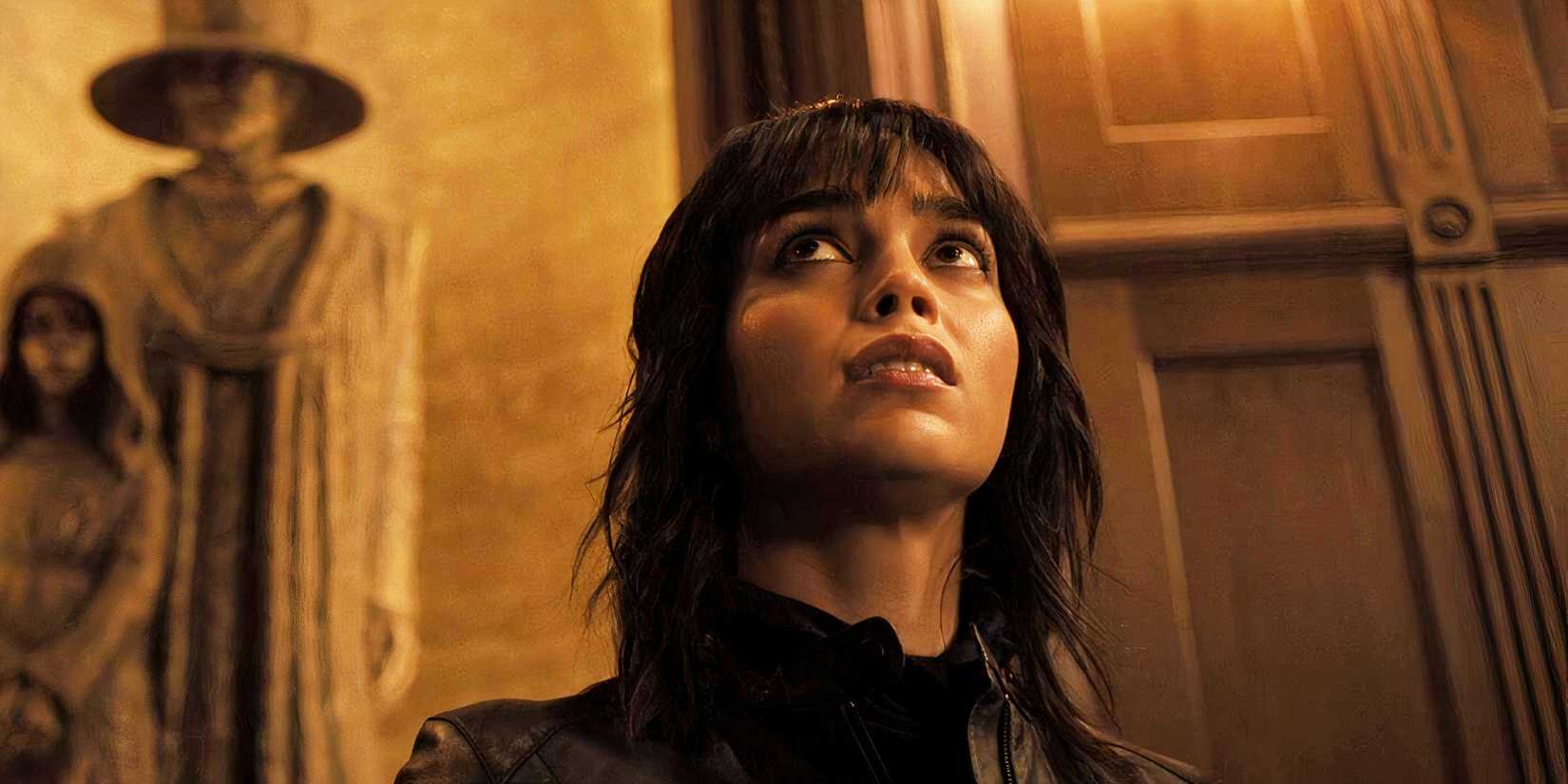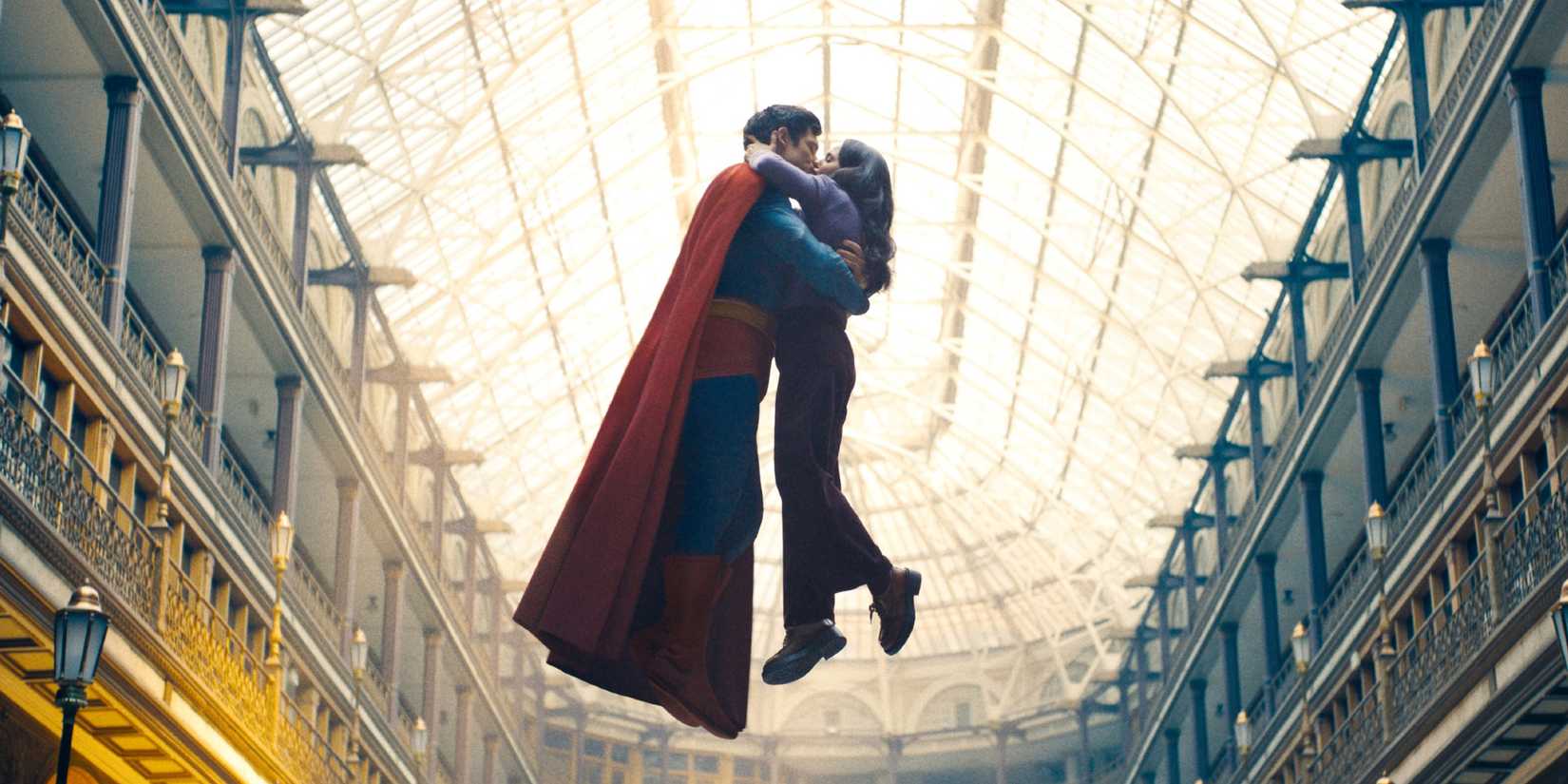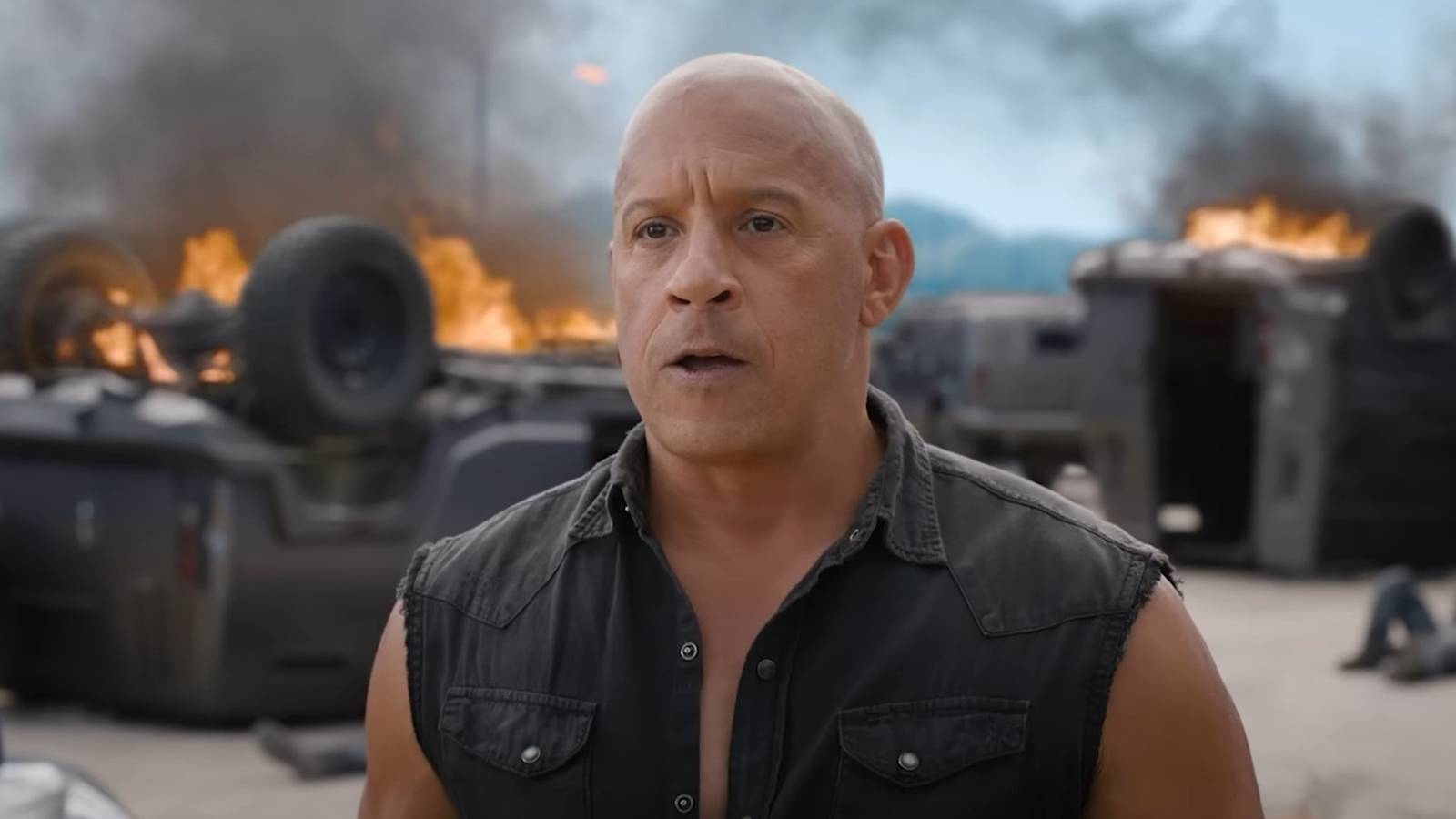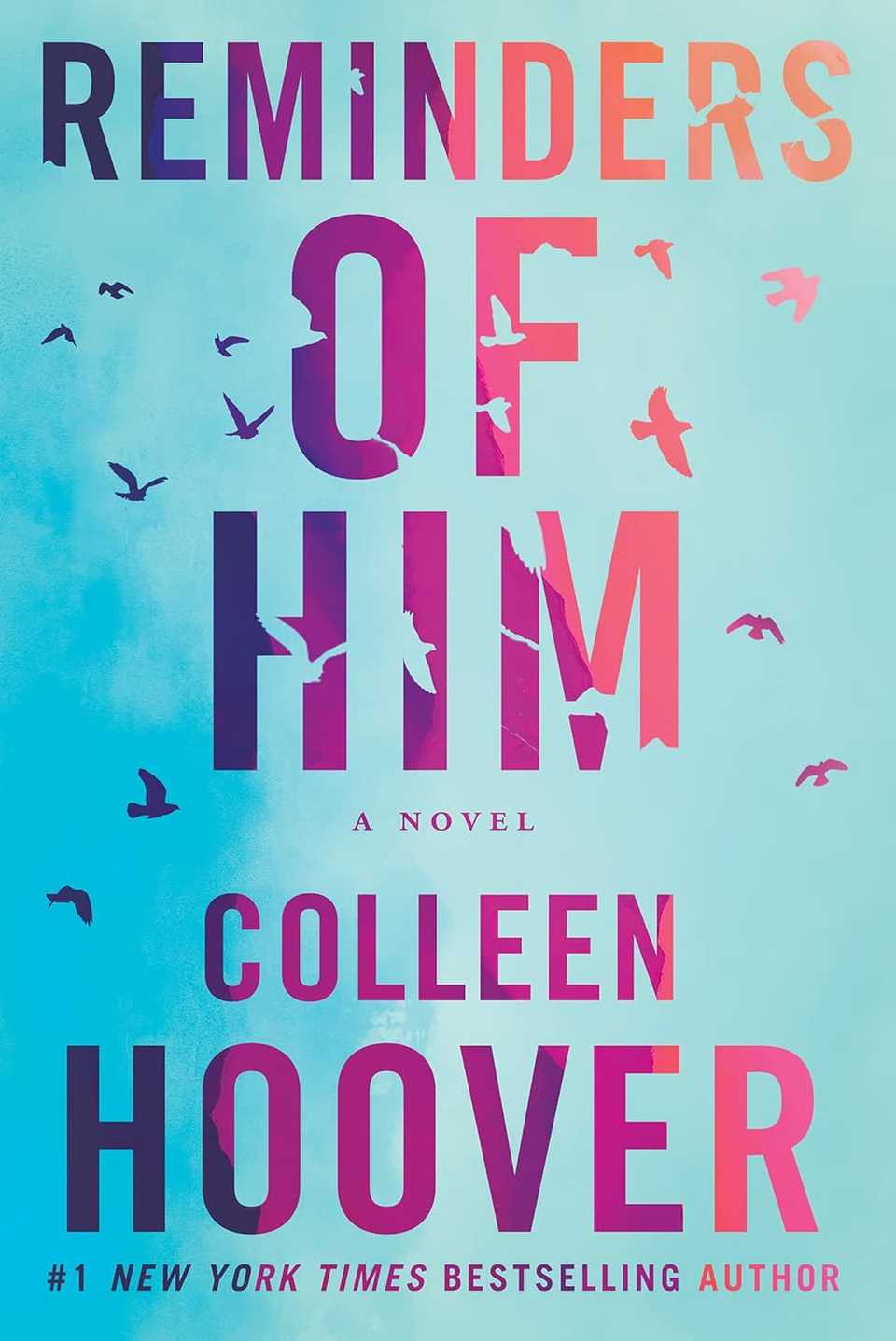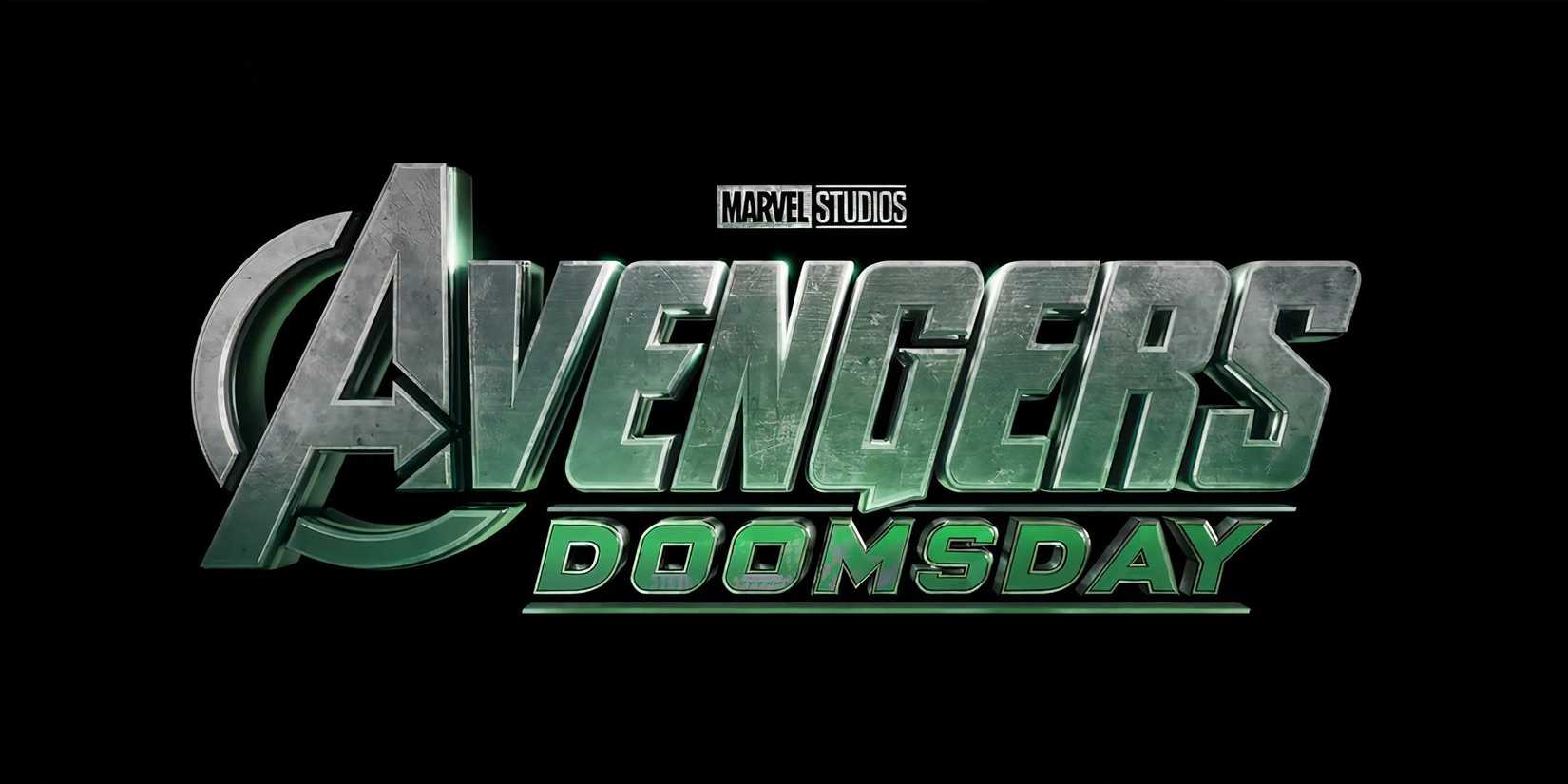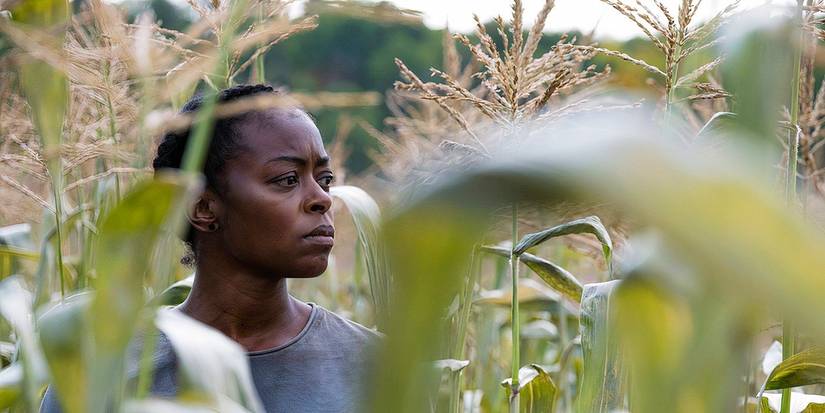While The Karate Kid is an icon of 1980s cinema, its sequels have long held a far less desirable reputation. After Daniel LaRusso famously defeated Johnny Lawrence with the crane kick in the final round of the All-Valley Karate Tournament, both he and Mr. Miyagi returned for two sequels, allowing for a complete Karate Kid trilogy.
The two additional installments – The Karate Kid Part II and The Karate Kid Part III – served the purpose of exploring Daniel’s immediate future after his win in the All-Valley Karate Tournament and diving deeper into his bond with Mr. Miyagi, but neither film – or The Next Karate Kid – was received well. In fact, all three Karate Kid films were critically panned.
Sadly, The Karate Kid Part II, The Karate Kid Part III, and The Next Karate Kid have long been disparaged as “bad” sequels that veered too heavily into unbelievable plotlines. But that’s not to say there’s no value to be found in the films. Rather, there’s more than a few things to appreciate about the entire trilogy – not just the first film.
“The Glory Of Love”
Among the most beloved parts of The Karate Kid is its soundtrack, considering that it gave us Survivor’s “The Moment of Truth” and Joe Esposito’s “You’re the Best.” It shouldn’t be forgotten that The Karate Kid Part II boasted excellent music and well, specifically the song, “Glory of Love,” by Peter Cetera, the former lead singer of Chicago.
“Glory of Love,” the song that played during a scene from Daniel’s romantic subplot with Kumiko fit in perfectly with the music of The Karate Kid franchise and the overall vibe of the 1980s films. It’s since been widely recognized as one of the greatest power ballads of the 1980s.
Mr. Miyagi’s Backstory
The Karate Kid may be responsible for introducing the world to the almost universally-liked Mr. Miyagi character, but it was The Karate Kid Part II that fleshed out his backstory. Much of what’s understood about Daniel’s mentor now and in Cobra Kai stems from their trip to Okinawa, which dives into his bitter history with Sato, which was complicated by their mutual love for Yukie.
In Okinawa, Daniel – and the audience – learns a great deal about how Mr. Miyagi’s love for Yukie transformed his friendship into a heated rivalry. These details laid the groundwork for one of Cobra Kai’s most heartwarming moments – the scene where Kumiko read to Daniel one of the love letters that Mr. Miyagi once wrote to Yukie.
The Final Battles
While it may be easy to criticize the narratives of The Karate Kid Part II and The Karate Kid Part III as ridiculous or perhaps predictable, it’s difficult to malign the fight scenes in a similar manner, especially in regards to the final battles. Daniel has a truly epic showdown with Chozen at the end of the second movie, with its high-stakes lending itself to the intensity of the fight scene – capped off with Daniel’s great “honk!” moment.
The Karate Kid Part III also succeeds in meeting the standard set by the first movie’s ending with its battle between Daniel and Mike Barnes. The movie rightfully doesn’t attempt to to bridge the mᴀssive gap between their skills, because Daniel suddenly overtaking Barnes wouldn’t have felt earned. Instead, it had Terry Silver cost Barnes the match via a heavily flawed plan.
As opposed to forcing a suspension of disbelief on the viewer, this approach helped Daniel’s second All Valley victory provide excitement without coming across as unrealistic or far-fetched.
Daniel LaRusso’s Character Arc In The Karate Kid Part II
Another redeeming element of The Karate Kid sequels was the character arc given to Daniel in the second movie. The Karate Kid Part II offered a meaningful next step in Daniel’s development, picking up where the first film left off when he defeated Johnny.
In the movie, Daniel gradually demonstrated a greater level of maturity, culminating in an epic scene where Daniel proves he has mastered his fear by beating the terrifying Chozen in a life-or-death battle. It’s an earned moment, and one that encapsulated his character growth over the course of the movie.
Unfortunately, The Karate Kid Part III walked away from the strides Daniel made when he endured beatings from bullies, resorted to joining Cobra Kai, and treated Mr. Miyagi with undue disrespect.
Mr. Miyagi’s Life Lessons
Daniel’s character suffered in The Karate Kid III, and others – such as Mike Barnes – admittedly lacked depth, but one figure in the trilogy that never disappointed was Pat Morita’s Mr. Miyagi. Just as he did in the first film, Mr. Miyagi applied anecdotes from his past and karate teachings to teach memorable life lessons to Daniel, underscoring his consistency in serving as the heart of the trilogy.
Mr. Miyagi reliably delivered some of the best lines of the franchise, and these weren’t limited to the first movie. Were it not for the sequels, we wouldn’t have nuggets of wisdom like “one day, you do own way” and “lie only become truth if person wants to believe it,” great lines that resurfaced to shape important character arcs in Cobra Kai.
In addition to his serious moments, Mr. Miyagi dropped some witty one-liners in all three movies, with one of his best – “Don’t know. Never been attacked by tree” – coming in the third film.
Terry Silver
A character who is quite possibly the most entertaining villain in The Karate Kid franchise wouldn’t exist without the sequels. Played by Thomas Ian Griffith, The Karate Kid Part III’s Terry Silver was the mastermind behind a sadistic plot to humiliate Daniel and Mr. Miyagi as a way of getting revenge on them for disgracing Kreese at the end of the original film.
On its face, the entire notion of a millionaire businessman becoming obsessed with taking vengeance on a teenager seems preposterous, but as Cobra Kai has since made clear, this penchant for over-the-top schemes is an inherent part of Terry Silver’s character, rather than a true flaw in the story.
It may have taken Terry Silver’s return in Cobra Kai to add layers to his character, but the groundwork for a great villain was already there, thanks to the third movie in The Karate Kid franchise. Not shying away from the zaniness of the character, Griffith is a joy to watch as Terry Silver, and it’s no surprise his performance set the stage for him to become the final villain in Daniel and Johnny’s story.






